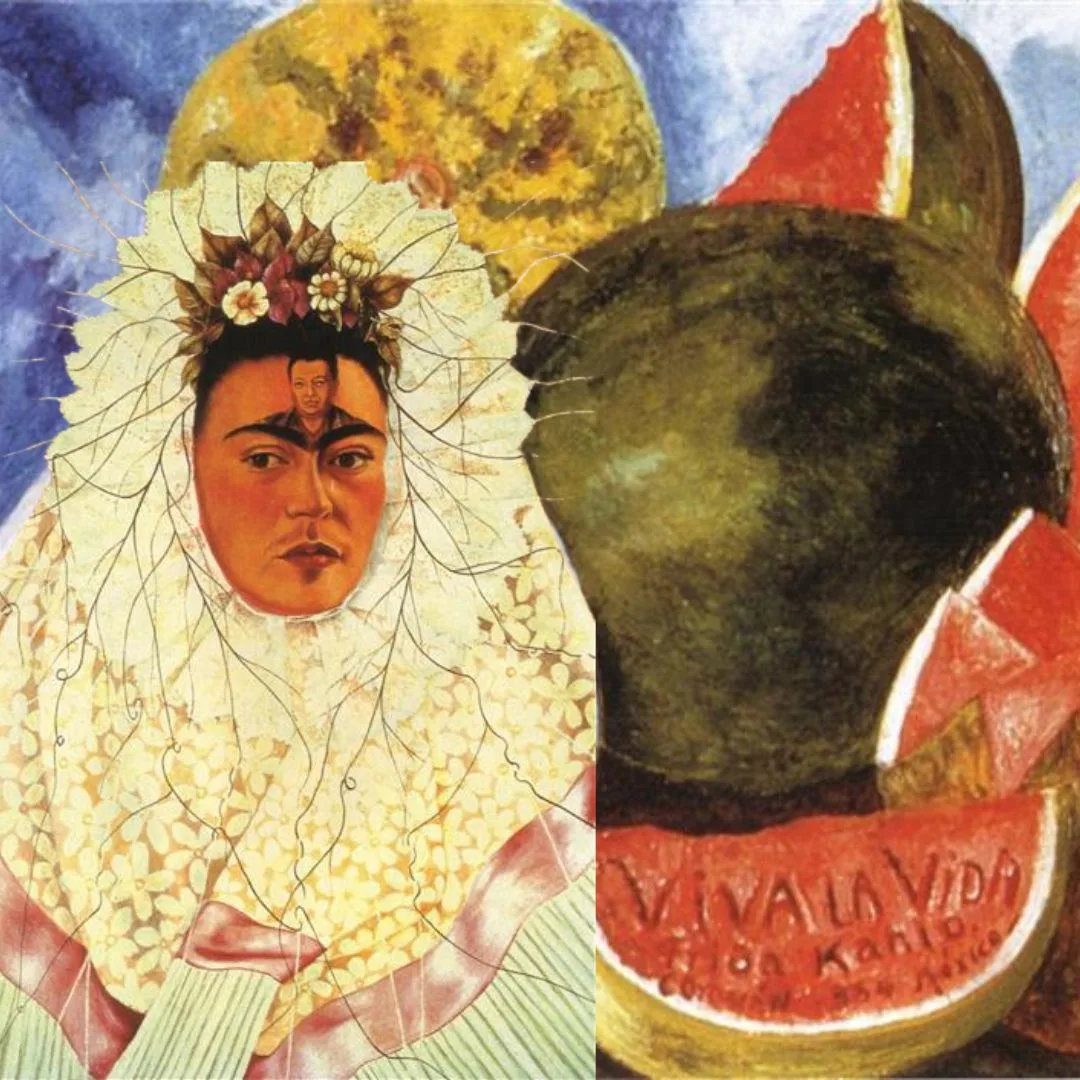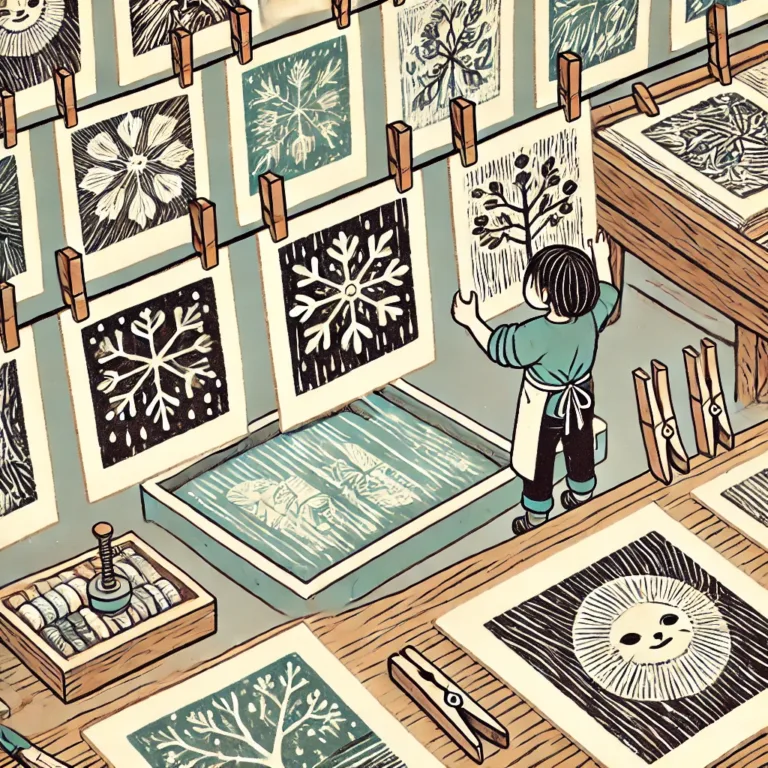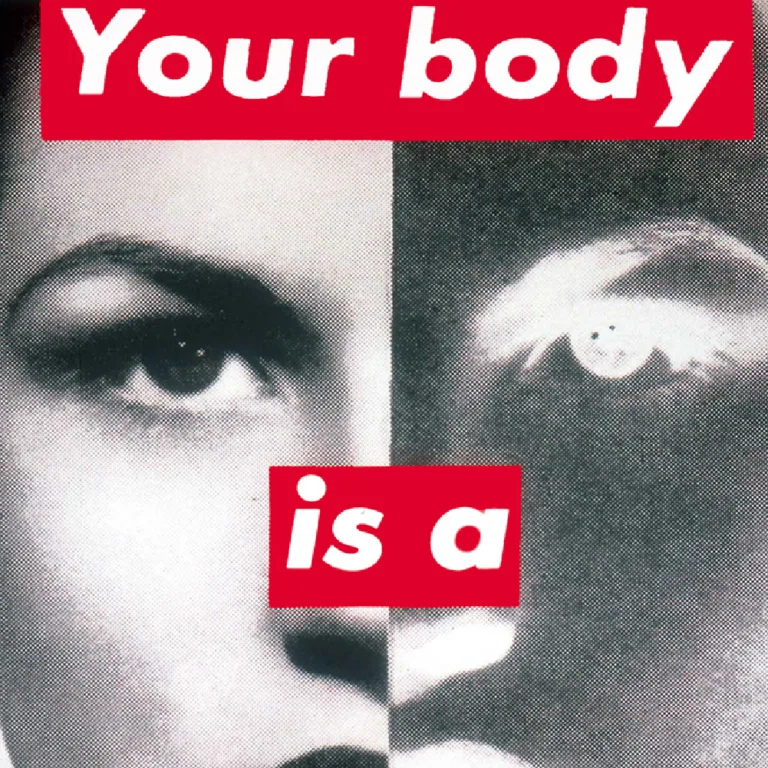13 Inspiring Eco-Art Examples Students Will Love | Explore Environmental Art
In a world increasingly aware of environmental issues, eco-art is emerging as a powerful tool to inspire change and spark meaningful conversations. Whether you’re an art student, an environmental science enthusiast, or someone who cares about the planet, these 13 examples of contemporary eco-art captivate and inspire you. These works address critical issues like climate change, pollution, and biodiversity loss and showcase the creative potential of art to influence how we think about our relationship with nature.
For those interested in how art can go beyond environmental themes to inspire broader social change, check out our blog post on creating art for social change and activism. This post delves into how art has historically catalyzed activism and how contemporary artists continue using their platforms to make impactful statements on social issues.
Are you interested in reading more on art and social change? Check out these articles!
- 10 Powerful Examples of Art That Sparked Social Change
- Creating Art for Social Change: How Art Can Inspire Activism
Table of Contents
Maya Lin’s What Is Missing? – A Memorial to the Planet (USA, 2009 – ongoing)
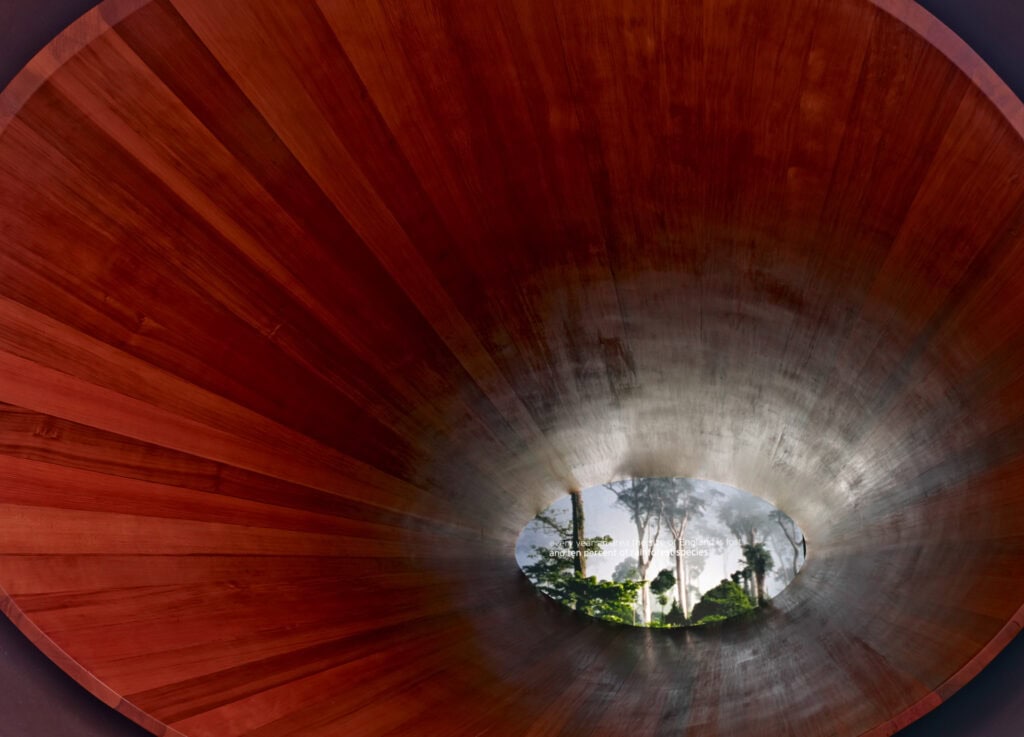
Maya Lin, an American artist and architect, is most famous for designing the Vietnam Veterans Memorial. Her ongoing project, What Is Missing?, is a multifaceted initiative that serves as a global memorial to biodiversity loss. Through interactive media, installations, and a website, Lin integrates art, science, and environmental activism to raise awareness about species extinction and habitat destruction. Lin’s project, which includes collaboration with scientists and conservationists, is a call to action, urging us to protect the fragile ecosystems that sustain life on Earth.
Mel Chin’s Revival Field – When Art Meets Science (USA, 1990 – ongoing)
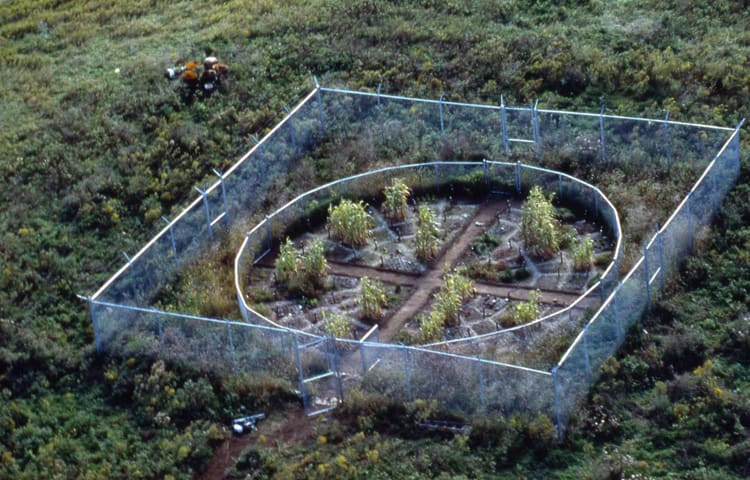
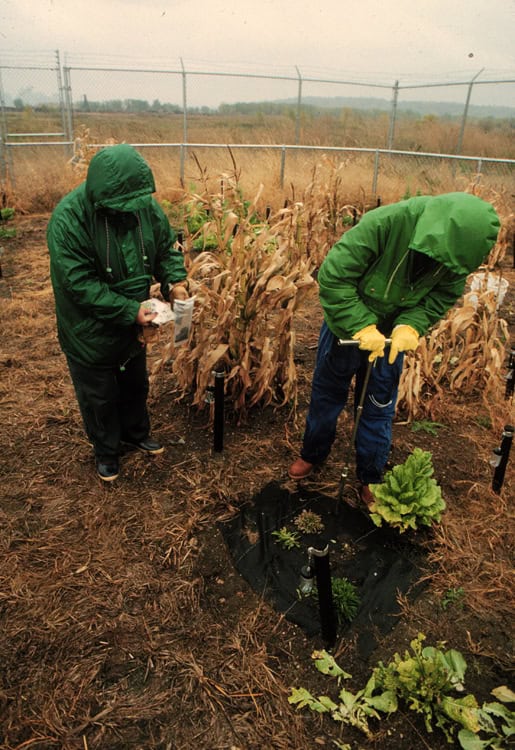
Mel Chin is an American conceptual artist known for creating socially engaged art that often involves collaboration with scientists and communities. Revival Field, initiated in 1990, is one of Chin’s pioneering works that merges art and environmental science. This project, set on a landfill in St. Paul, Minnesota, employs hyperaccumulator plants to remove toxic heavy metals from the soil, transforming the site into a living sculpture. Chin’s work not only contributes to ecological restoration but also challenges the boundaries between art, science, and activism.
Ana Mendieta’s Silueta Series – Connecting Body and Earth (Cuba/USA, 1973-1980)

Ana Mendieta, a Cuban-American artist, is renowned for her earth-body works that explore themes of identity, exile, and the human connection to nature. The Silueta Series (1973-1980) features Mendieta’s body outlined in natural landscapes using materials such as mud, leaves, and blood. These ephemeral works, often interpreted through an eco-feminist lens, evoke a deep sense of belonging and loss, reflecting Mendieta’s own experiences of displacement. Her work resonates with themes of earth, femininity, and the transient nature of life.
Andrea Bowers’ Think of Our Future – Art as Activism (USA, 2020)
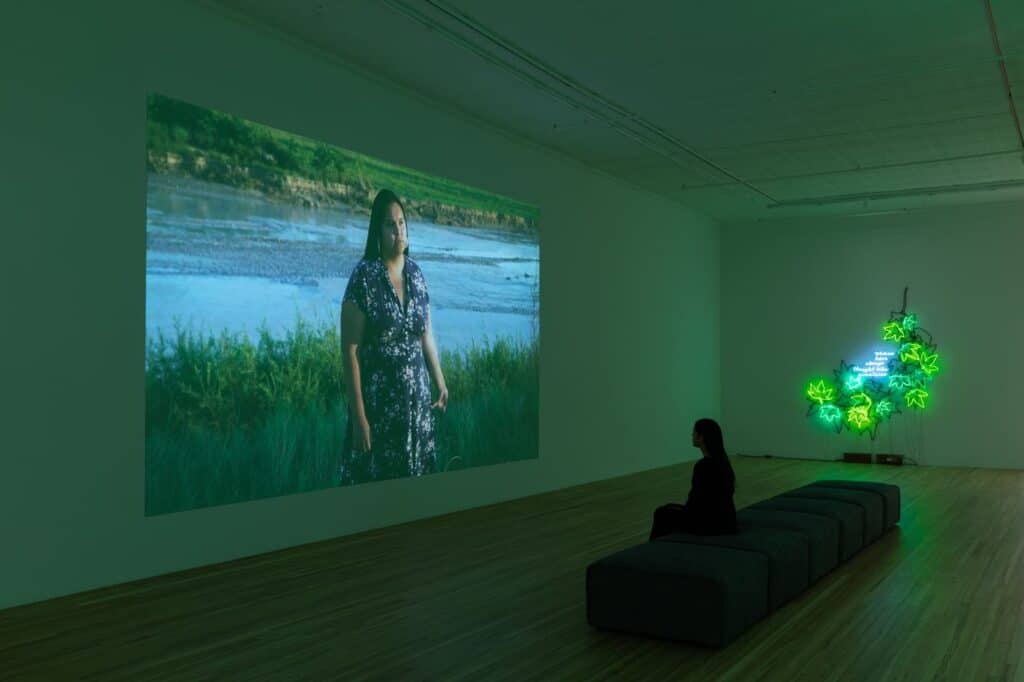
Andrea Bowers is an American artist deeply committed to activism, focusing on social, environmental, and feminist issues. Known for her text-based and video works, Bowers often addresses themes like immigration, labor rights, and environmental justice. In 2020, she created Think of Our Future as part of an exhibition that spotlighted youth activists, including Tokata Iron Eyes of the Standing Rock Sioux tribe. This work, featuring neon-lit advocacy phrases, connects to her broader focus on the Dakota Access Pipeline protests, where Indigenous communities fought against the environmental threat posed by the pipeline.
Bowers’ engagement with the Standing Rock protests also includes her video installation My Name Means Future, where she documents the activism of Tokata Iron Eyes, emphasizing the intersection of Indigenous rights and environmental activism. Through these works, Bowers advocates for the protection of land and water, highlighting the critical role of youth in leading the fight against climate change.
Newton and Helen Mayer Harrison’s The Lagoon Cycle – A Blueprint for Ecological Solutions (USA, 1974-1984)
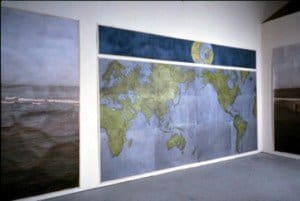


Newton and Helen Mayer Harrison, known as “The Harrisons,” are pioneers of the eco-art movement. Their collaborative work The Lagoon Cycle (1974-1984) addresses the environmental degradation of coastal wetlands. This multi-part installation uses a mix of text, maps, drawings, and scientific data to propose sustainable water management strategies. The Harrisons’ interdisciplinary approach bridges the gap between art and environmental science, offering creative solutions to ecological problems while urging society to rethink its relationship with nature.
Mierle Laderman Ukeles’ Maintenance Art – Elevating the Invisible (USA, 1973 – ongoing)
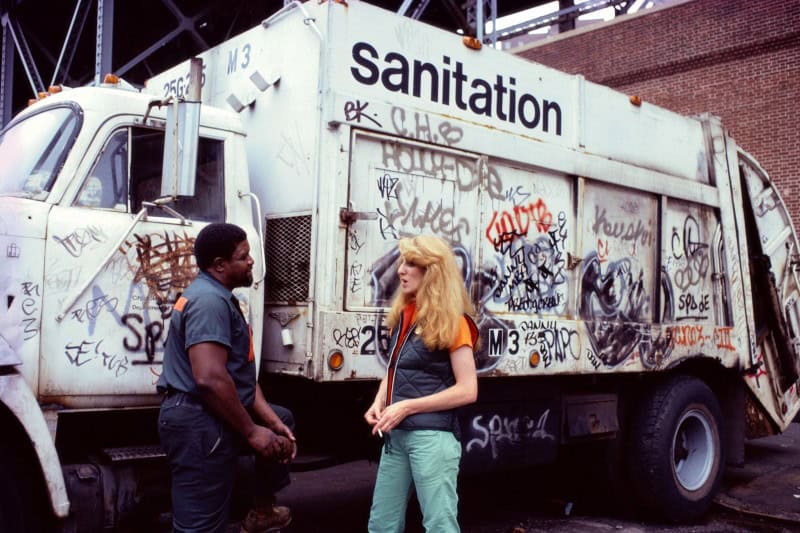
Mierle Laderman Ukeles is an American artist whose work intersects feminism, labor, and environmentalism. Her groundbreaking project, Maintenance Art, began in the 1970s as a response to the undervaluation of domestic and maintenance labor, which she equated with ecological care. One of her most famous performances, Touch Sanitation (1979-1980), involved Ukeles shaking hands with over 8,500 New York City sanitation workers. Her work challenges the traditional boundaries of art, highlighting the essential, yet often invisible, work that sustains our environment and society.
Olafur Eliasson’s Ice Watch – Bringing Climate Change to the Streets (Iceland/Denmark, 2014 – ongoing)
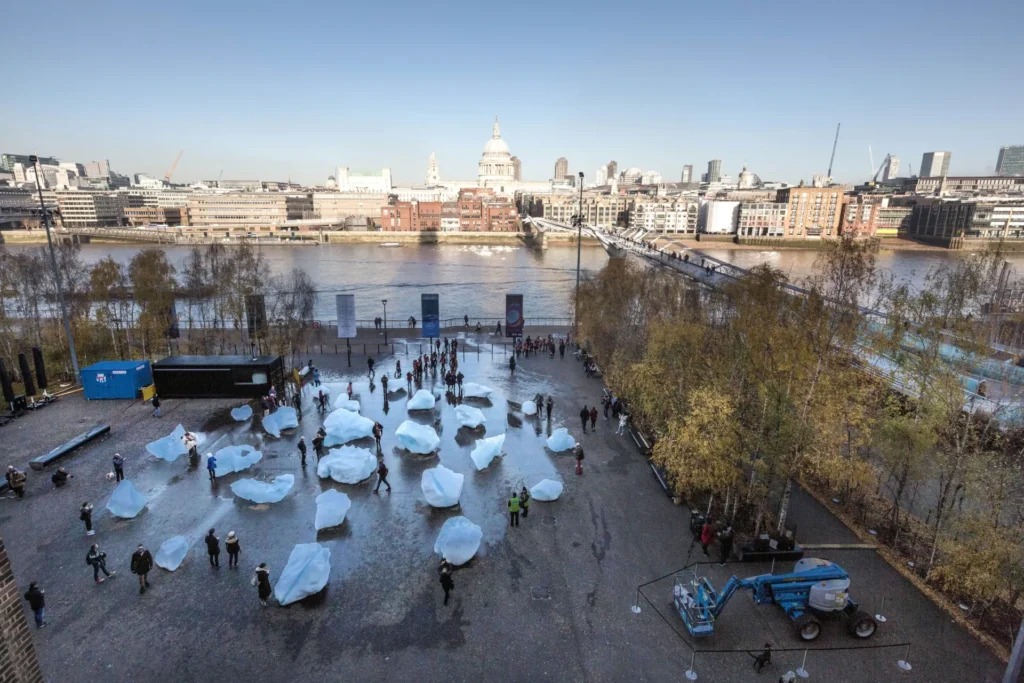
Olafur Eliasson, an Icelandic-Danish artist, is known for his immersive installations that explore human-environment interactions. Ice Watch (2014 – ongoing) involves the installation of large blocks of glacial ice in urban spaces like Paris and London, where they gradually melt, symbolizing the tangible effects of climate change. This powerful visual metaphor brings the distant reality of global warming into the everyday lives of urban dwellers, urging immediate action to address environmental degradation and the climate crisis.
Tania Bruguera’s The Francis Effect – Art for Social and Environmental Justice (Cuba, 2014)

Tania Bruguera, a Cuban artist and activist, is known for her politically charged performances that address issues of power, migration, and social justice. In The Francis Effect (2014), Bruguera launched a campaign petitioning Pope Francis to grant Vatican citizenship to undocumented immigrants. This project, while focused on immigration, also reflects on the broader consequences of climate change, such as forced migration. Bruguera’s work challenges viewers to consider the intersection of environmental degradation, human rights, and global inequality.
Kim Abeles’ Smog Collectors – Turning Pollution into Portraits (USA, 1987 – ongoing)
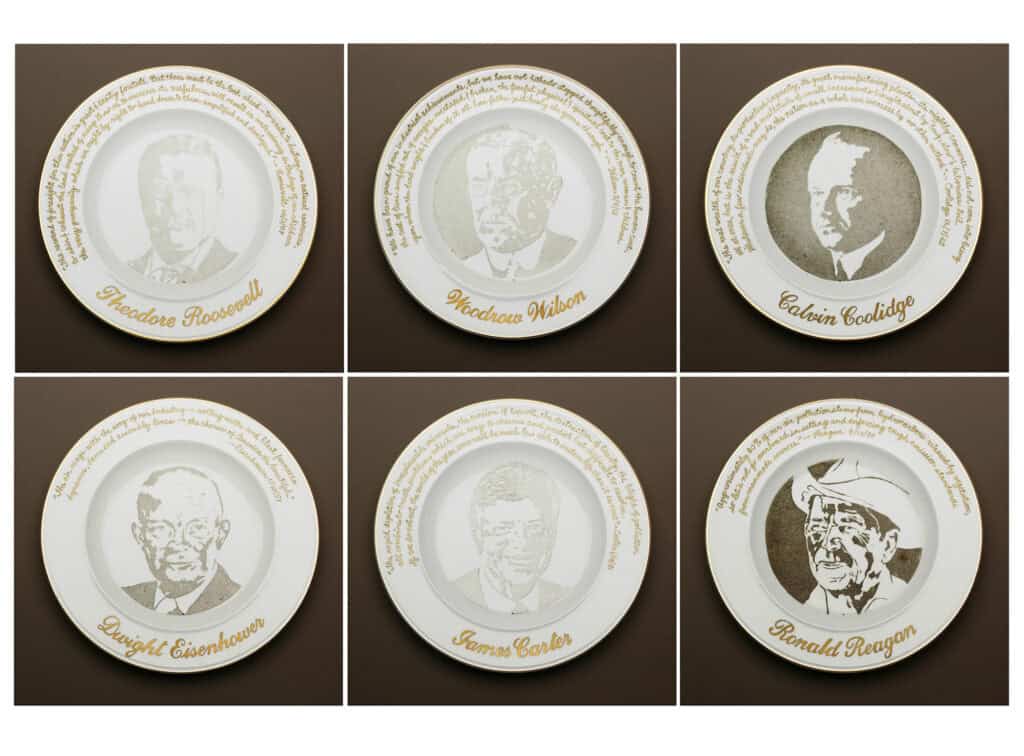
Kim Abeles, an American artist, is widely recognized for her innovative approach to addressing environmental and social issues through art. Her groundbreaking Smog Collectors series, initiated in 1987, captures air pollution on surfaces such as glass, textiles, and porcelain to create haunting portraits and images. By using smog—a harmful byproduct of industrial activity—as her medium, Abeles transforms the invisible threat of air pollution into a visible, tangible form. This work serves as a powerful commentary on public health and environmental responsibility, urging viewers to confront the consequences of pollution directly. Abeles’ Smog Collectors exemplify how art can engage with pressing ecological issues, making the often-invisible impacts of industrialization both seen and felt.
You may also be interested in:
- 11 of the Best Earth Day Books for Children to Learn about Enviromentalism and Sustenability
- 16 Inspiring Earth Day Art Projects for Kids
- Creating Art for Social Change: How Art Can Inspire Activism
Agnes Denes’ Wheatfield – A Confrontation – Nature in the Urban Jungle (USA, 1982)
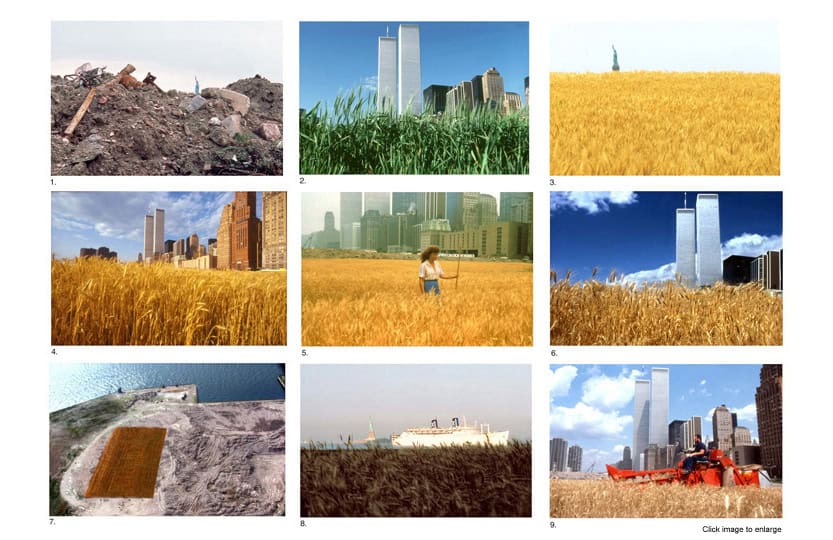
Agnes Denes, a pioneering figure in the land art movement, created Wheatfield – A Confrontation in 1982 by planting two acres of wheat on a landfill in Lower Manhattan. This audacious project juxtaposed a lush field of golden wheat against the backdrop of New York’s financial district, challenging the city’s focus on economic growth at the expense of nature. By transforming a barren urban landscape into a symbol of agricultural vitality, Denes’ work questioned the priorities of urban development and highlighted the disconnect between modern society and the natural world. Wheatfield – A Confrontation remains a powerful commentary on the sustainability of human civilization and our relationship with the environment.
Maria Thereza Alves’ Seeds of Change – Uncovering Environmental Histories (Brazil/Germany, 1999 – ongoing)
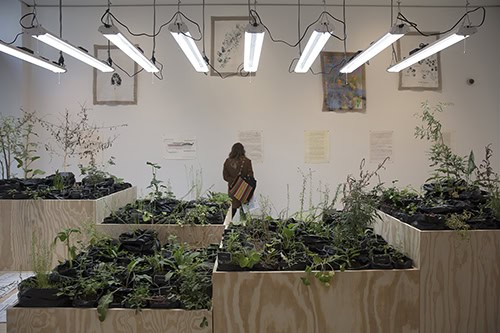
Maria Thereza Alves, a Brazilian artist, explores the environmental and cultural impacts of colonialism and globalization through her ongoing project Seeds of Change. This work investigates the ballast soil carried by ships, which often contains dormant seeds from various parts of the world. As these seeds are deposited in new environments, they reveal forgotten histories of plant migration and the unintended ecological consequences of global trade. Alves’ project is a profound exploration of how human activity shapes the natural world, challenging us to consider the lasting impact of globalization on local ecosystems.
Chiharu Shiota’s Uncertain Journey – Fragile Connections (Japan, 2016)

Chiharu Shiota, a Japanese artist based in Berlin, is known for her large-scale installations that explore memory, identity, and human relationships. Uncertain Journey (2016) features a vast network of red threads, symbolizing the intricate and fragile connections between people. While primarily focused on human interaction, this work also resonates with eco-art themes by reflecting the interconnectedness of all life, including our relationship with the environment. Shiota’s installation invites viewers to contemplate not only human connections but also our deep ties to the natural world.
Olafur Eliasson’s Your Waste of Time – Confronting Climate Change (Iceland/Denmark, 2006)
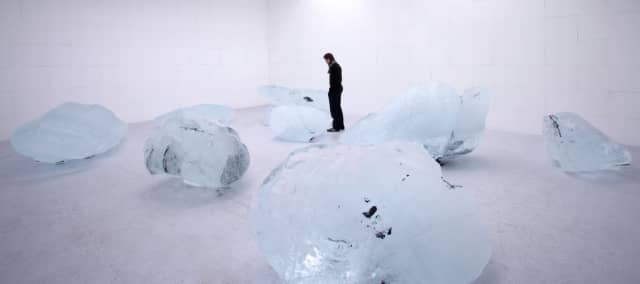
Your Waste of Time by Olafur Eliasson features ancient blocks of ice, harvested from Icelandic glaciers, displayed in a Berlin gallery in 2006. As the ice slowly melts, the installation offers a visceral confrontation with the effects of climate change, highlighting the fragility of the world’s glaciers. This work is part of Eliasson’s broader exploration of environmental themes, similar to Ice Watch and The Weather Project, where natural elements are used to provoke reflection on humanity’s impact on the planet. Eliasson’s installations consistently emphasize the urgency of addressing the climate crisis.








